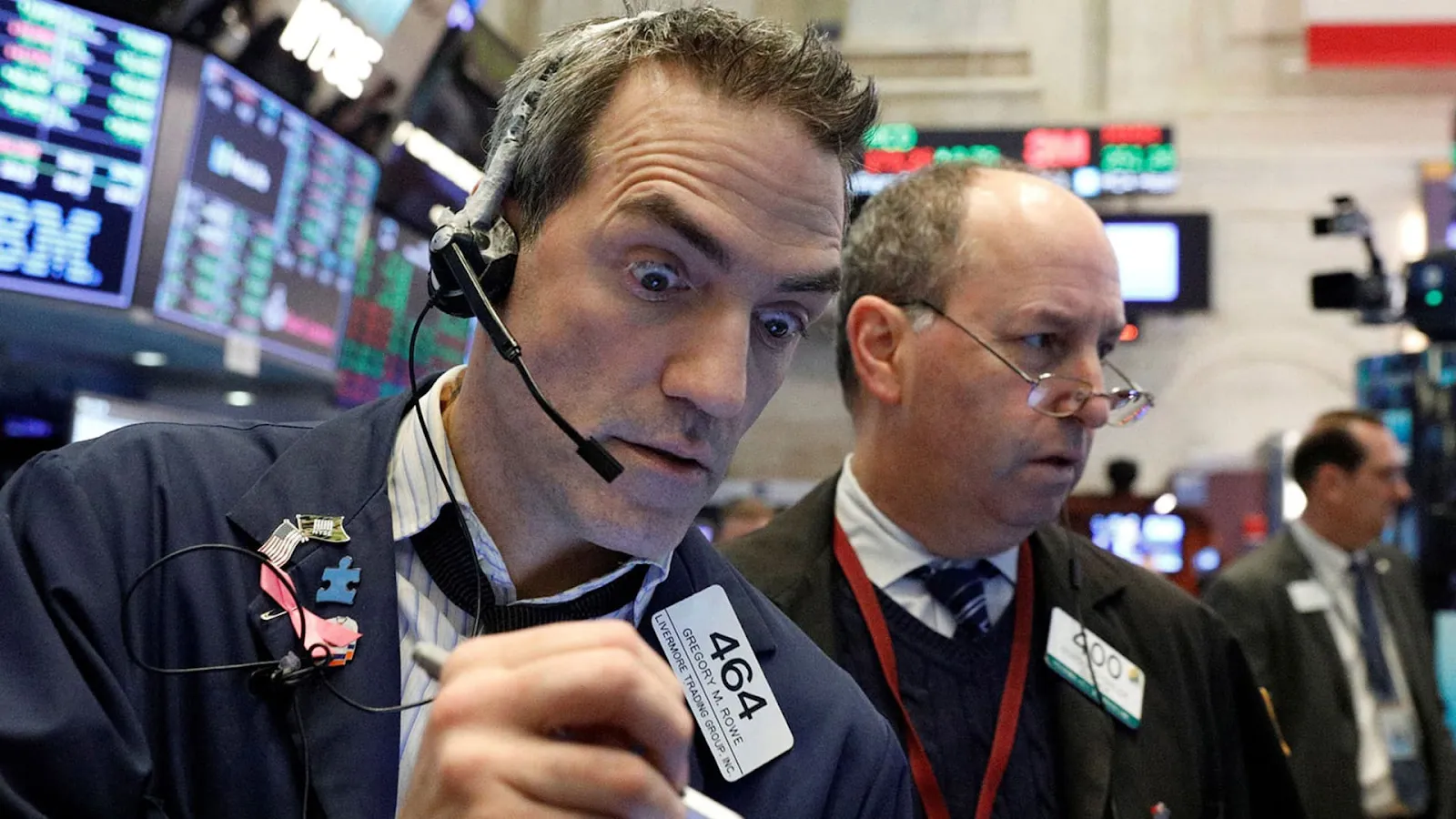Market Shocks Could Be Worsened By The Explosion Of Risky Zero-Day Options, According To JPMorgan
With the growth in the use of zero-days-to-expiration options, JPMorgan is warning of a "Volmageddon 2.0" with the risk that these risky contracts could exaggerate declines by as much as 20% during turbulent market conditions.
It is important to note that 0DTE options are contracts with a very short shelf life, as they expire the day after they are traded. Apparently, the daily notional volumes of these 0DTE options that track the S&P 500 have recently reached a record level that exceeds $1 trillion, according to data compiled by JPMorgan.
Wall Street bank conducted a study to see the impact of these options during a sudden drop in the broader market in order to determine the impact they would have on the investor. At the start of this year, the firm tallied the net outstanding positions of all zero-day options at 1 p.m. Eastern Time during the first two months of this year.
A 5% drop in the S&P 500 within five minutes was hypothesized by the authors, which would force all outstanding 0DTE positions to be unwound in the following five minutes if the market dropped 5%.
After estimating the net option delta before and after the hypothetical market shock, the bank then calculated the amount of E-mini futures that would have to be traded in order for the option delta to unwind before and after the shock. In the case of an option, delta describes the theoretical estimate of how much the option's value may change as a result of a $1 rise or fall in the underlying security's price.
The findings of JPMorgan indicate that, for market shocks between a 1% and 5% loss, the corresponding market impact for the unwinding of these option positions would be an average decline of 4% to 8.1%. In the worst-case scenario, a 5% decline in the market could cause up to $30.5 billion worth of delta selling and a 20% pullback in the broader market.
JPMorgan estimates market impacts from 0D option unwind exceed the original market shocks in all scenarios, highlighting the reflexive nature of the options and their potential risk to market stability.
After rallying more than 6% in the previous month, the S&P 500 declined by 2.6% in February. More than 2% has been added to the broad market index since early March.

Subscribe to our newsletter!
As a leading independent research provider, TradeAlgo keeps you connected from anywhere.








